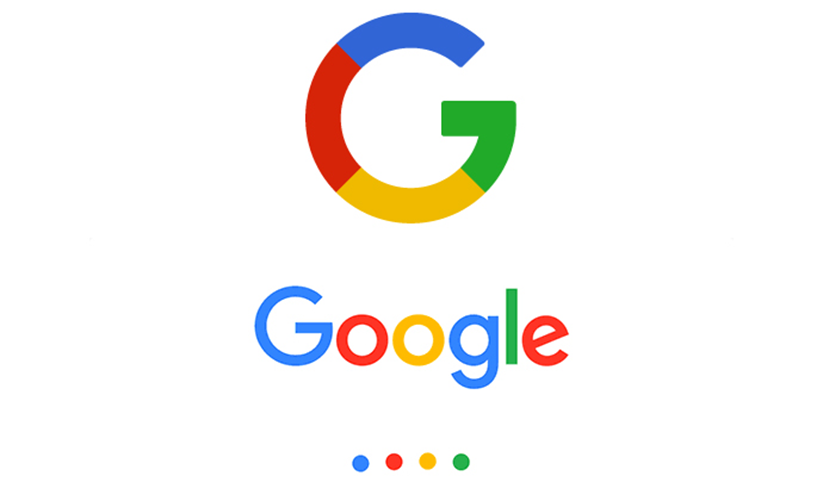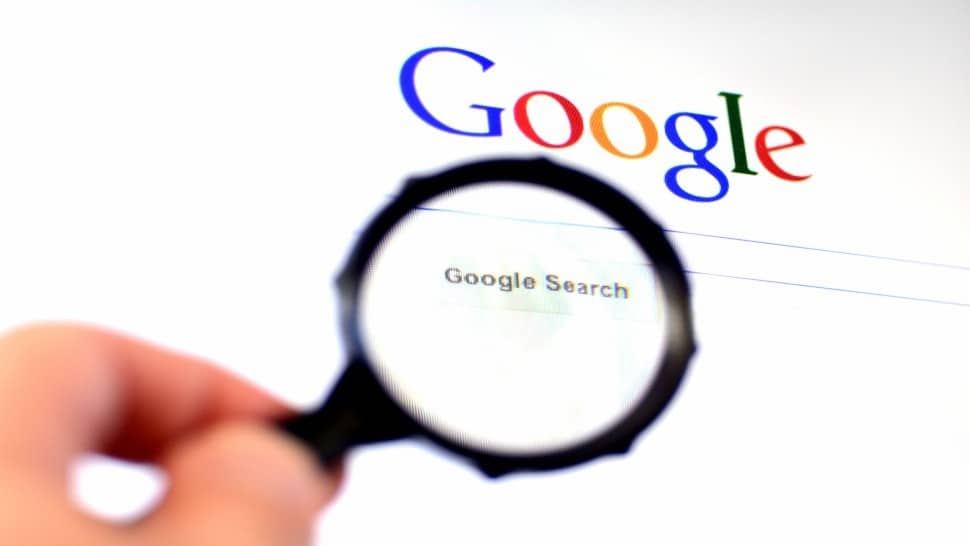Google’s dynamic remarketing being available only to ecommerce businesses will soon be a thing of the past. Over the next few weeks, Google is rolling out dynamic remarketing to all verticals. For those of you not familiar with dynamic remarketing, it is like regular remarketing with a sophisticated brain. It allows advertisers to show more tailored ads to previous website visitors. The ads contain the specific products or services that were viewed by a visitor while on your website. For example, a dentist has many services, including dental checkups, implants, teeth whitening, invisalign, etc… Dynamic remarketing ads are generated based on the specific service(s) that each individual site visitor engaged with. A visitor looking at a teeth whitening landing page would we served a teeth whitening ad, a visitor that viewed information on dental implants would be seeing implant ads, and so on.
This allows business owners to use remarketing far more intelligently than was previously possible.
IN ORDER TO USE DYNAMIC REMARKETING YOU WILL NEED:
- Separate pages for each of your services.
- Additional budget to put toward dynamic remarketing (5% of your existing budget should be sufficient).
- A feed of your services. The templates for the feed can be downloaded here (we can do this for you). There are templates specific to many types of business. If your business type is not listed you must use the custom template (again, do’t worry we can take care of this for you).
- Implementation of a new remarketing pixel (yep, we will do this as well).
NOTE:
Dynamic remarketing is not currently available in all accounts. It is being rolled out by Google over the next few weeks with no known completion date. Upon this option being more widely available, we will provide more detailed information around website eligibility factors, and hat you need to do in order to participate.



